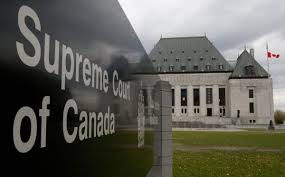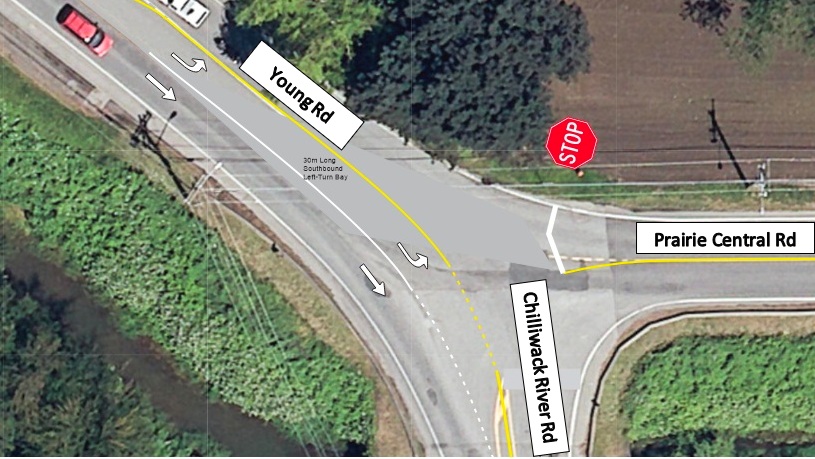Ottawa (APTN) – Metis and non-status Indians are “Indians” and existing laws burden the federal government of fiduciary duty to them and an obligation to negotiate or consult on their rights the Supreme Court said Thursday in a ruling that was 17 years in the making.
The Supreme Court ruling provides a starting point for Metis and non-status Indians who now have to take their case to the federal government, which could take years.

Canada’s highest court was asked to rule on three points – that Metis and non-status Indians were “Indians” under section 91(24) of the Constitution Act of 1867, that the federal government had a fiduciary duty and an obligation to negotiate and consult on their rights.
The court granted the first point, and rejected the final two because it would be “restating settled law.”
But how those existing laws can be used by the 600,000 Metis and non-status Indians remains to be seen.
Metis leader Harry Daniels and the Congress of Aboriginal Peoples first filed the court action in 1999.
Daniels died in 2004 before the case first went to trial in 2011 and finally making its way to the Supreme Court in 2015.
“They are all ‘Indians’ under s.91(24) by virtue of the fact they are all Aboriginal peoples,” wrote Justice Rosalie Abella.
The court also determined there doesn’t need to be a “consensus” on who is considered Metis.
“’Metis’ can refer to the historic Metis community in Manitoba’s Red River Settlements or it can be used as a general term for anyone with mixed European and Aboriginal heritage,” Abella wrote. “There is no consensus on who is considered Metis or a non-status Indian, nor need there be. Culture and ethnic labels do not lend themselves to neat boundaries.”
Metis and non-status Indians have consistently found themselves in a jurisdictional “wasteland” when it came to securing rights. The federal government has argued s. 91 (24) precluded the Crown from assuming legislative authority over them.
When they turned to the provincial government they were often refused on the basis the issue was a federal one.
“It is true that finding Metis and non-status Indians to be ‘Indians’ … does not create a duty to legislate, but it has the undeniably salutary benefit of ending a jurisdictional tug-of-war in which these groups were left wondering about where to turn for policy redress,” said Abella.
The Supreme Court didn’t fully explore whether non-status Indians are “Indians” as the feds conceded that they are at trial.
“To avoid uncertainly in the future, therefore, there is demonstrable utility in a declaration that confirms their inclusion,” the court found.
Determining who is Metis and non-status Indians will be decided by a “case-by-case” basis going forward, the court ruled.
Non-status Indians can refer to “Indians” who no longer have status on the Indian Act, or to members of mixed communities which have never been recognized as Indians by the federal government, the court ruled.
The court also addressed definitional criteria of who is Metis in the Powley case, which restricts who is Metis under s.35 of the Constitution Act, 1982.
Powley defines Metis as who self-identifies as Metis, has an ancestral connection to a historic community and acceptance by a modern Metis community.
The court found the later problematic, as people may no longer be accepted by their communities or were separated by government policies like Indian Residential Schools.
In doing so, the court overturned the federal Court of Appeals conclusion that to be “Metis” they must meet the Powley criteria.
The Supreme Court ruling doesn’t invalidate any provincial laws pertaining to Metis and non-status Indians.
kjackson@aptn.ca






